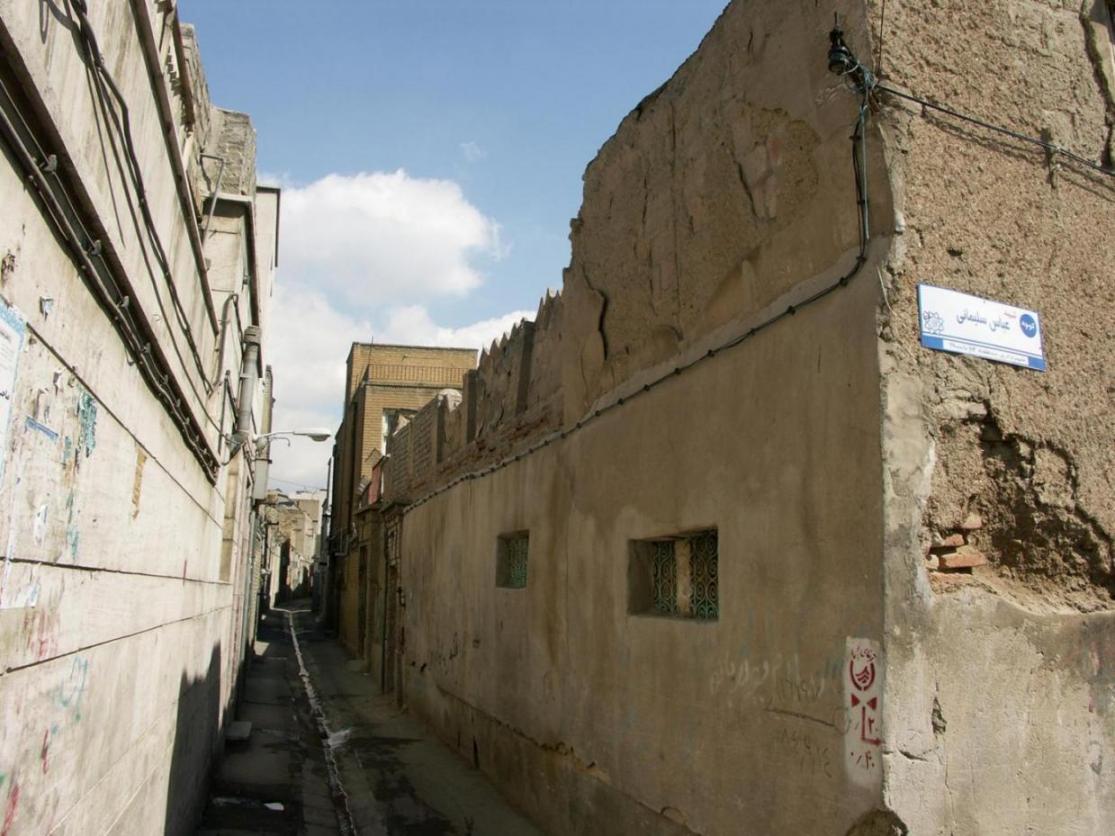While adequate laws, legislation and administrative directives for upgrading distressed urban areas exist, however, the main problem is the lack of people’s willingness to renovate old estates,” said Mohammad Mehdi Tondguyan, a member of the Tehran City Council (TCC).
A primary reason for this lethargy is the low economic value of the city’s distressed areas. The gap between real estate values in northern and southern parts of the city is also too huge.
He stressed the need to increase the value added of distressed properties in urban areas as they are below market value and said: “A part of the problem can be resolved by the Tehran Municipality (TM) and TCC measures, but the rest is outside our authority.”
Value added provides potential customers with a feature or add-on that gives it a greater sense of value. A value added can either increase the price or value of the materials or services; in this case land.
At present, adequate facilities have been provided for renovation; but even if the facilities are doubled, “just a small change will be seen,” he observed.
The government has approved $15,500 loan at 9% bank interest rate in metropolises for renovation of distressed homes. The directive to sanction loans to the targeted groups is in the final stages of review by the roads and urban development ministry, Tondguyan noted.
Socio-Cultural Problems
Tehran has several major problems. One is people’s frequent migration or movement from one locality to another within the city. Those who live in the southern parts of the capital are constantly striving to move to the city’s uptown side. This has led to socio-cultural complications.
As the ‘originality’ of most of the city neighborhoods is highly dependent on the residents who live there, they lose their originality as the ‘migrants’ or the newcomers bring with them their own culture, which may be incompatible with the culture of the neighborhood, nurtured for decades.
Changes in the social composition of Tehran’s old neighborhoods and migration within the city are the main problems faced by the metropolis in recent years, he added.”We should make special effort to add to the land value in the old localities, by encouraging investors to be equally active in different parts of the city. Besides, the government also should offer adequate facilities.”
The distressed urban areas are urban blocks where at least 50% of the buildings are dangerous, dilapidated, old structures, and are highly vulnerable to natural hazards (especially earthquakes). The passages in these areas are less than six meters wide and their buildings mainly have a land area of less than 200 square meters. At present, more than 1.1 million of Tehranis live in distressed areas, which cover more than 4,400 hectares of the city’s land.


